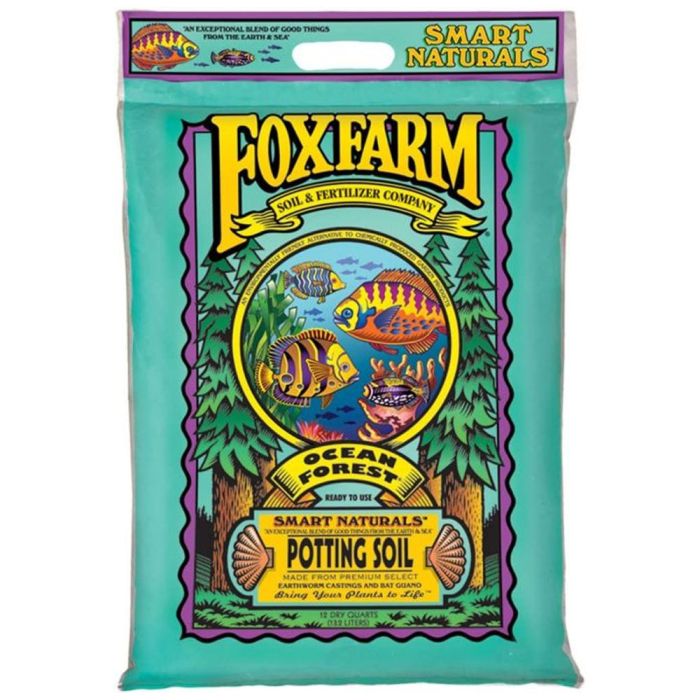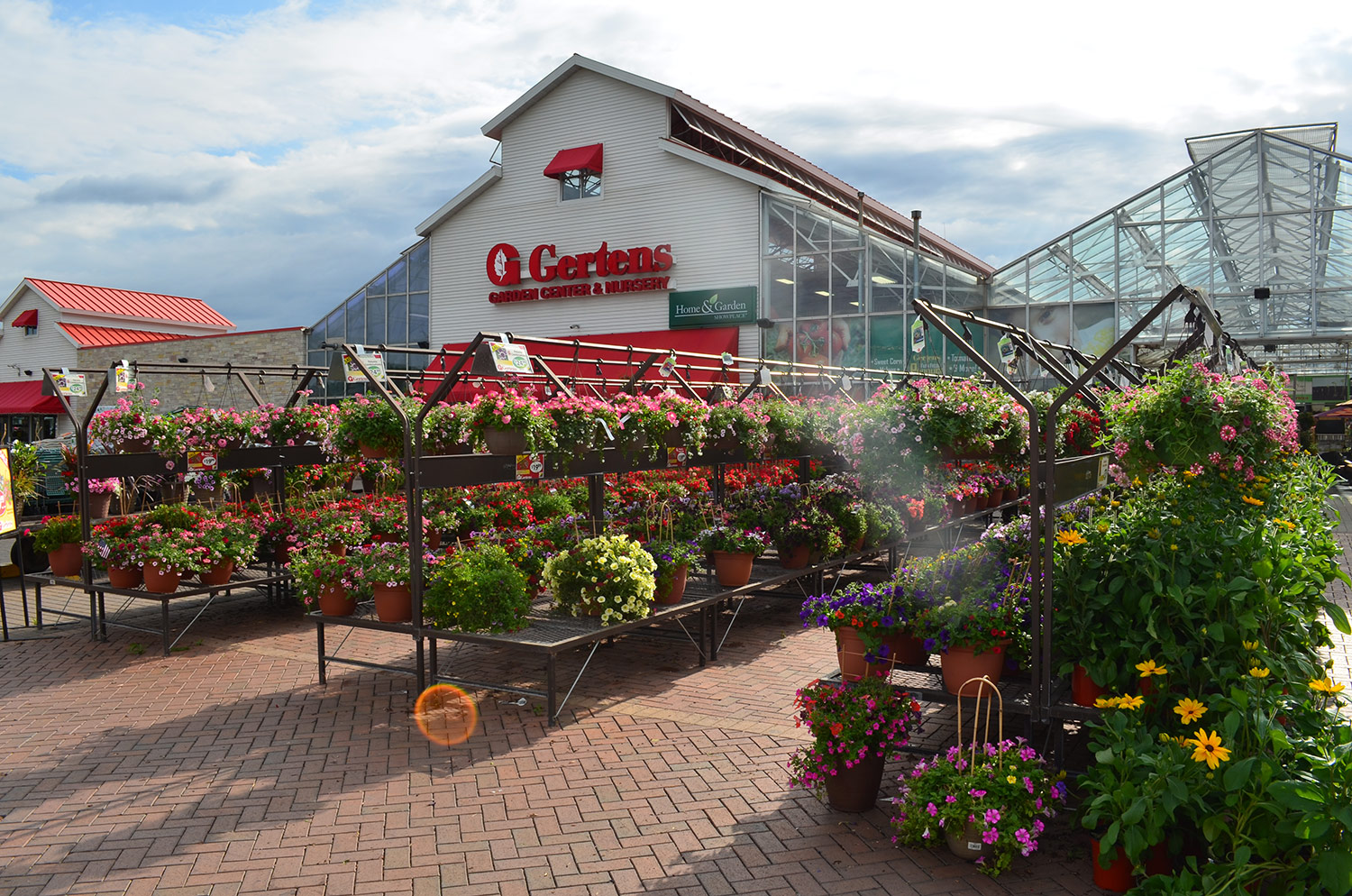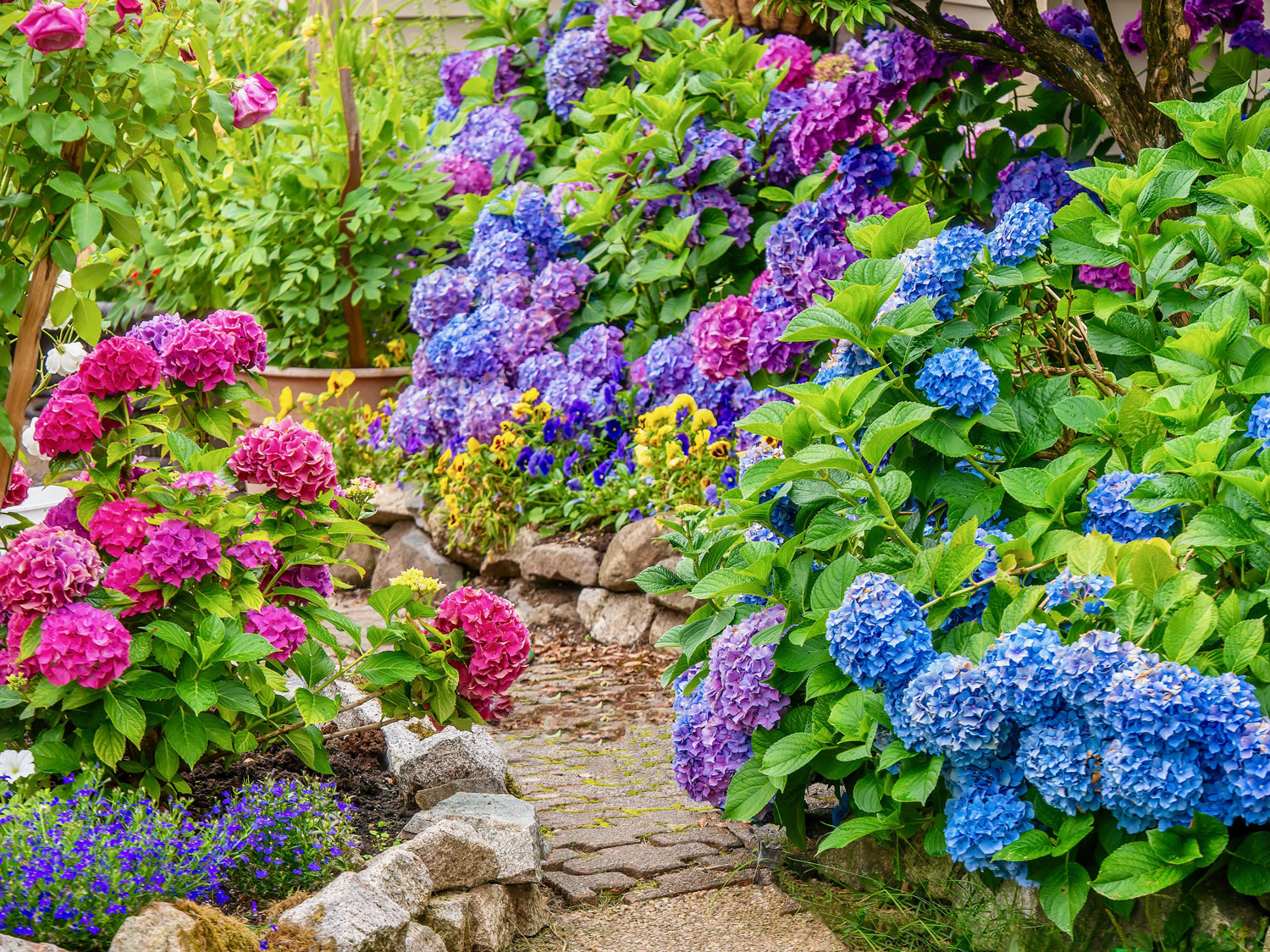FoxFarm Ocean Forest Organic Potting Soil

Description
FoxFarm's most popular potting soil, Ocean Forest is a powerhouse blend of aged forest products, sphagnum peat moss, earthworm castings, bat guano, fish emulsion, and crab meal.
Whatever Your Plants Need, We've Got It!
Give your plants the best start with Gertens' selection of potting soil! Whether you're potting indoor plants, outdoor flowers, or vegetables, we have the perfect potting soil for every type of plant. Our high-quality soils are specially formulated to provide the nutrients and drainage your plants need to thrive.
Details
FoxFarm's most popular potting soil, Ocean Forest is a powerhouse blend of aged forest products, sphagnum peat moss, earthworm castings, bat guano, fish emulsion, and crab meal.
Aged forest products, sandy loam, and sphagnum peat moss give Ocean Forest its light, aerated texture. Start with Ocean Forest and watch your plants come alive!
Multiple Sizes:
- 12 Quart Bag - FoxFarm Ocean Forest Organic Potting Soil
- Package Dimensions: 18.00 L X 11.00 W X 3.00 H
- Weight: 11.90 lbs.
- 1.5 Cubic Foot Bag - FoxFarm Ocean Forest Organic Potting Soil
- Package Dimensions: 27.50 L X 18.30 W X 3.70 H
- Weight: 39.35 lbs.
More Information
| Brand | Fox Farm |
|---|


